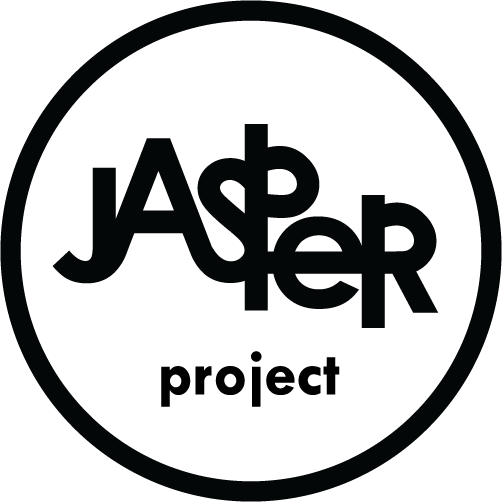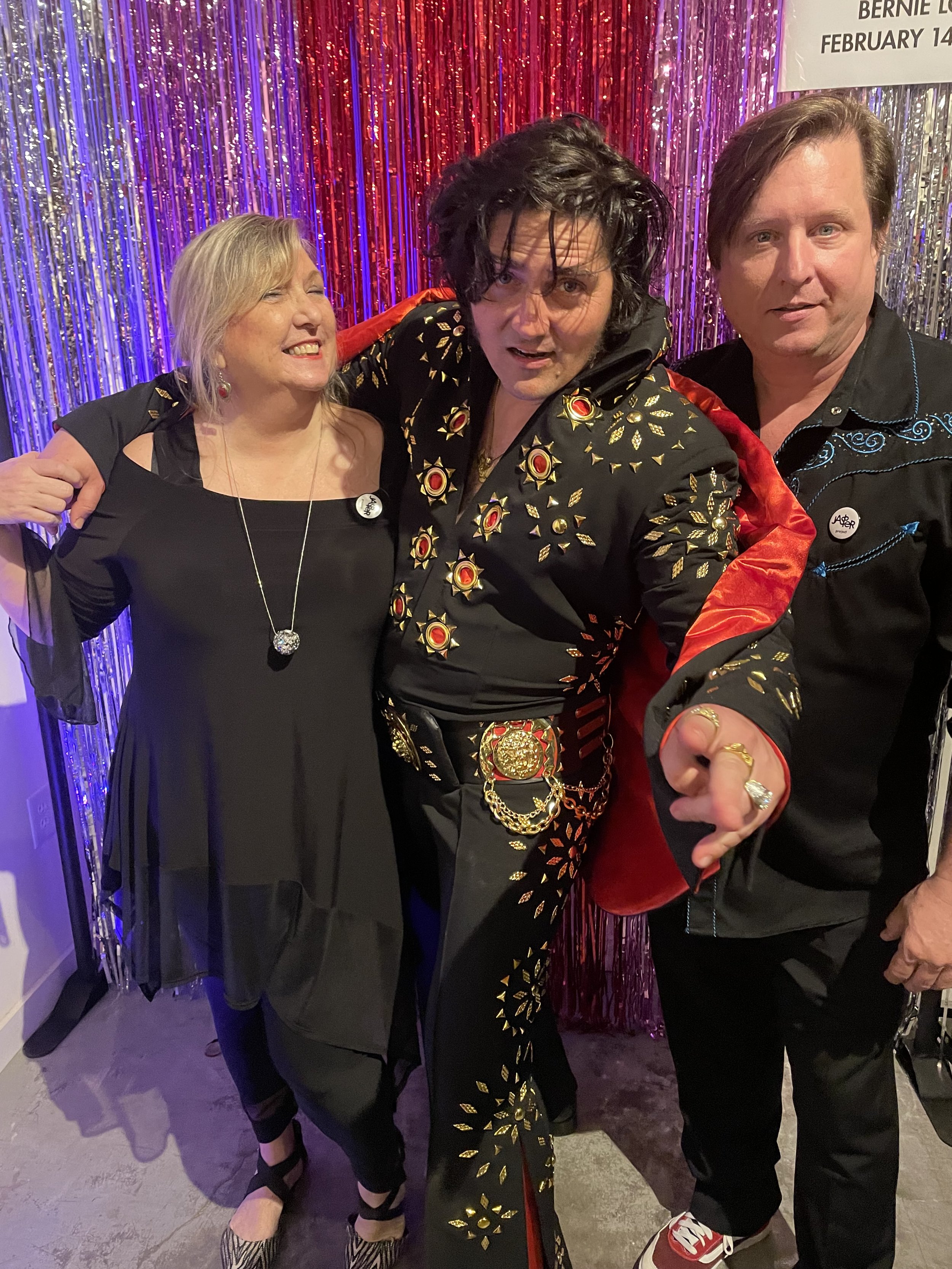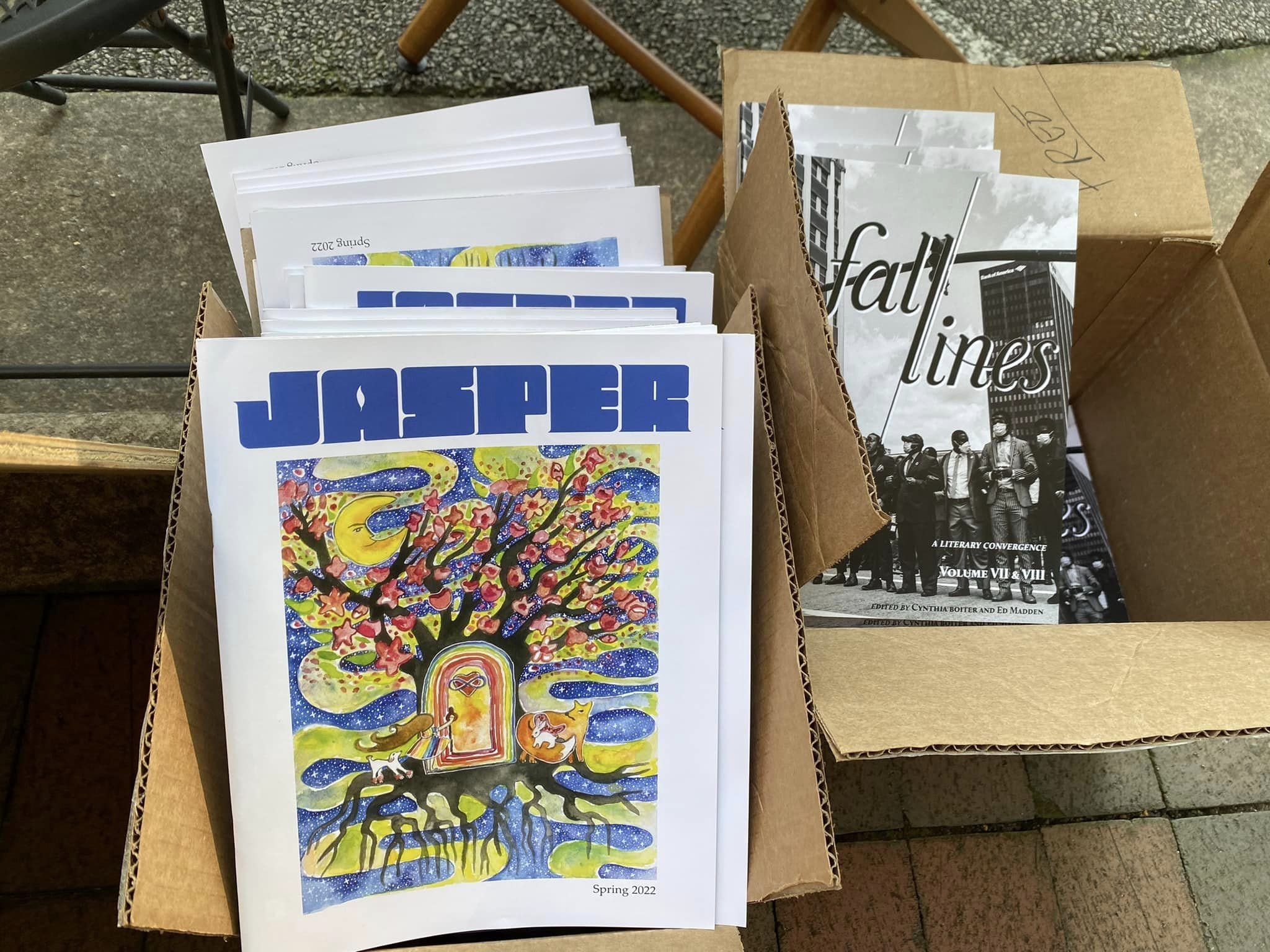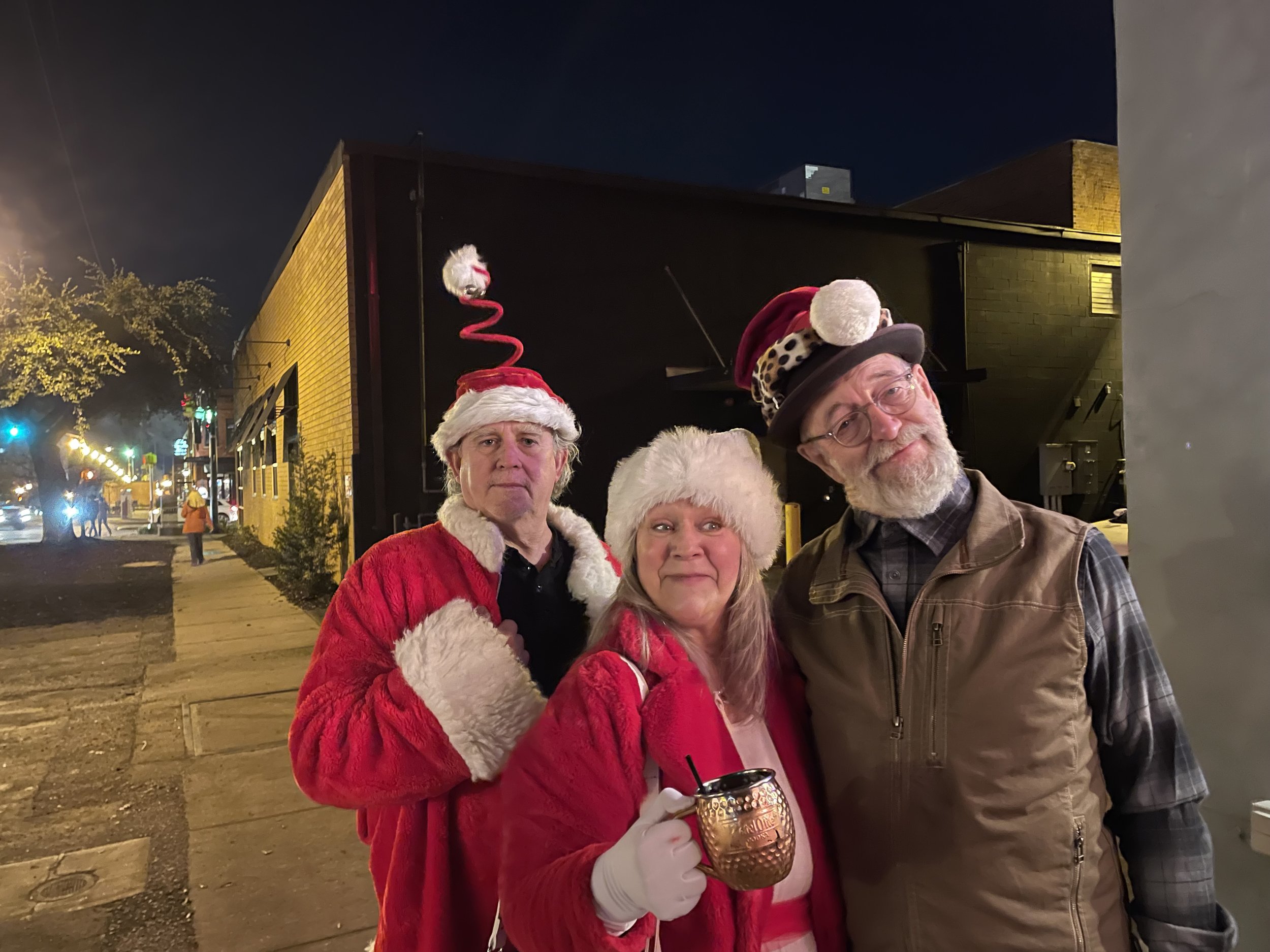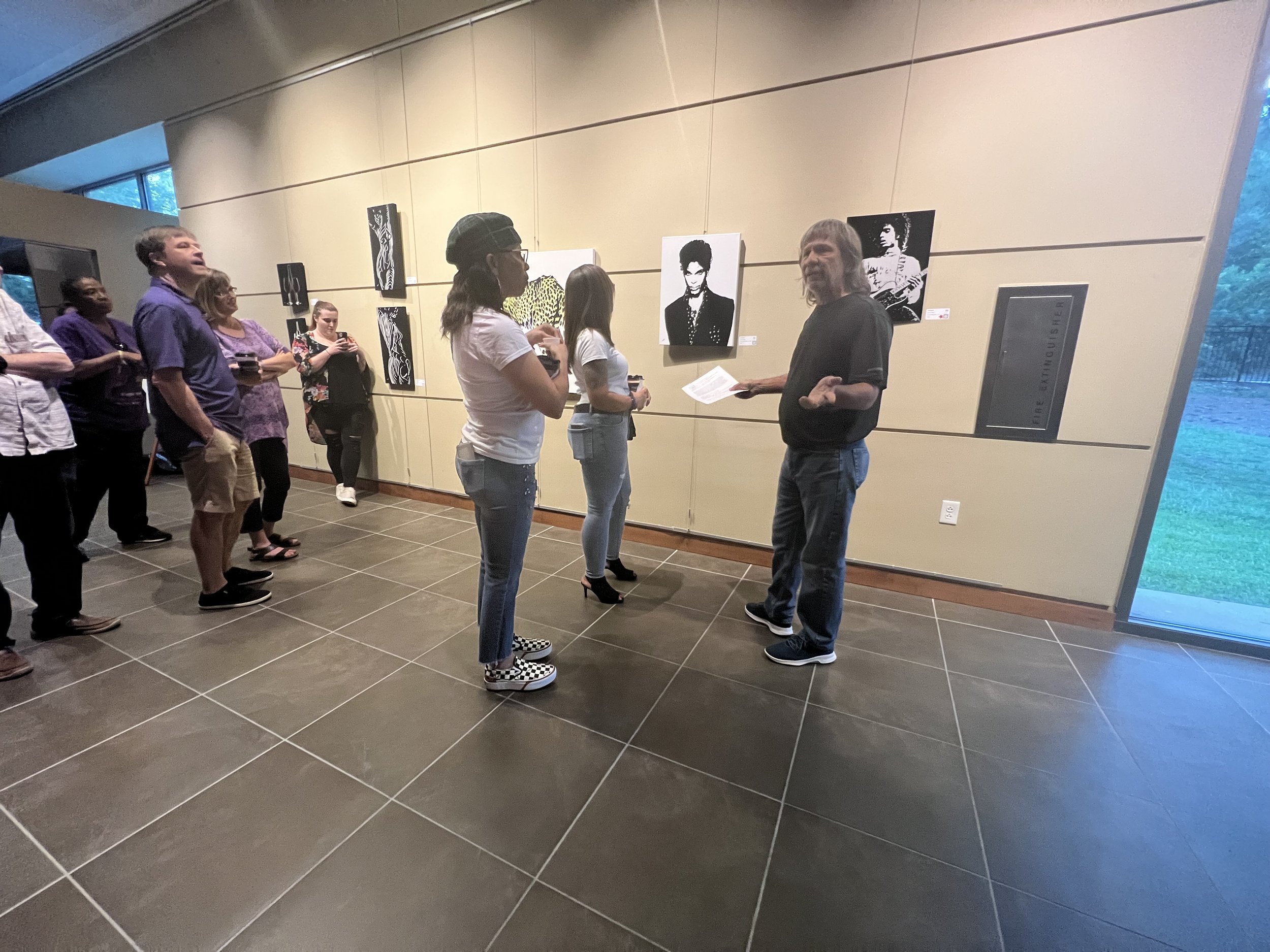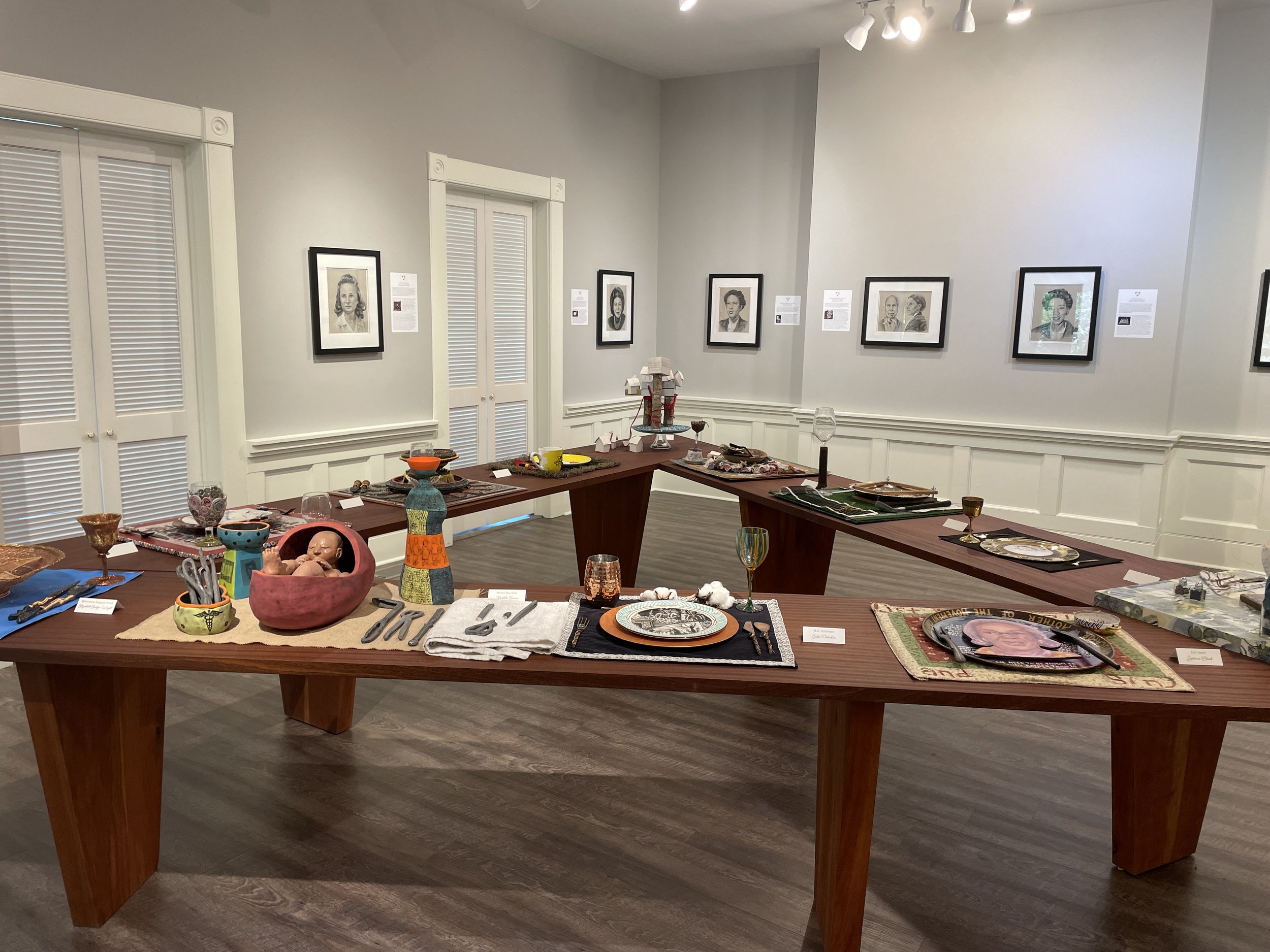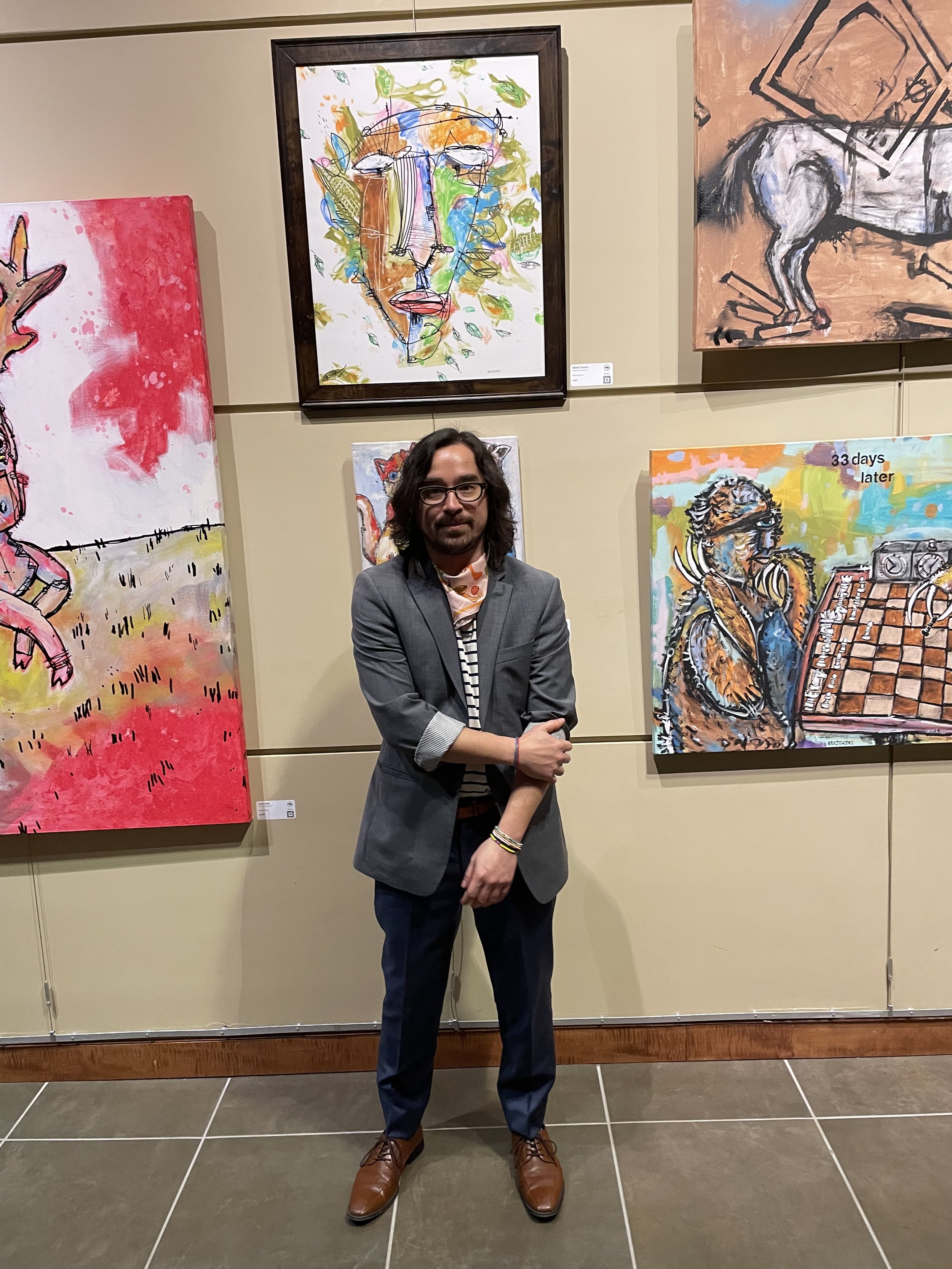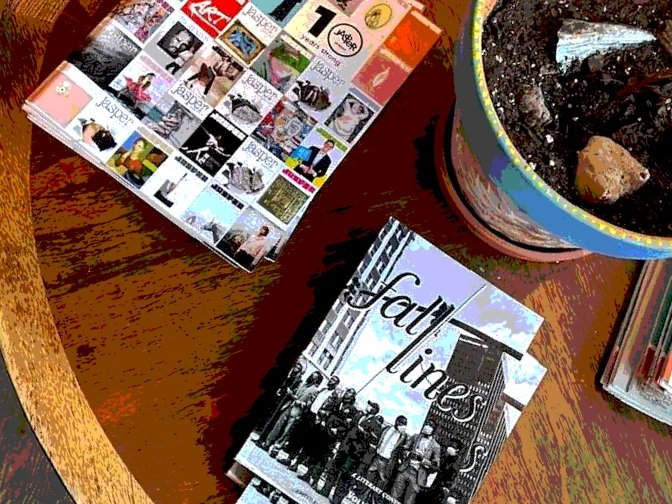First off, I just can’t get over how singular what you’re doing is in terms of fusing hip-hop, R&B, pop-punk and metalcore. There are some larger narratives about emo and pop-punk coming into the hip-hop space, but you’re doing something a bit different than Kenny Hoopla or, say, willow. Tell me about how you arrived at that approach. Did you try and separate them out at first?
Let me preface this answer with the sentiment that the concept of blending genres or subgenres of music in an organic way has been widely practiced for some time now, especially in the music which influenced me as I was coming of age. From bands like Dance Gavin Dance incorporating rap & R&B with progressive guitar based “Core” music, to Drake incorporating alternative/indie sounds in his breakout ‘So Far Gone’ album. From bands like Woe is Me incorporating R&B vocal melodies with metalcore instrumentals, to huge rap/pop artists like B.O.B & Enimem collaborating with Hayley Williams of Paramore turning into chart topping multi-subgenre hits. The furthest I can personally remember back being inspired by something is Dr Dre’s ‘The Chronic’ which incorporated a great amount of (at the time) “non-industry standard” multigenre production, as well as Linkin Park and everything they did in regards to shifting the “norm” of the industry at the time. What was once seen as only an “underground niche” of music quickly became a chart-topping mainstream soundscape, and the floodgates really opened from there.
As for more recently, it is for sure impossible to ignore the overwhelming blending of subgenres in literally EVERY commercially popular genre (shifting what the definition of what “pop music” really is, but that’s another conversation for another time) of music. The biggest of country stars are featuring hip-hop artists & beats in their music every day. Trent Reznor of NIN just produced Hasley’s latest album. Travis Barker is nearly single-handedly introducing his personal style of “pop-punk” into huge mainstream artists of all genres (Rappers MGK, Trippie Redd & Yelawolf) (pop stars such as Avril Lavigne, Halsey & Yungblud) (progressive metal bands such as Polyphia) etc. Huge EDM artists like Marshmello featuring A Day To Remember, Kanye West featured on an XXXTENTACION song with metal instrumentation and screaming…It really is blowing up in nearly every facet of mainstream music today.
I’m not exactly sure if or how my music is any that much different than a ‘Willow’ or ‘KennyHoopla’ besides the fact they are huge artists with millions of fans, and I am not.
I vibe with some of their music. I think that with this insurgence of formerly considered “niche” genres and subgenres of music raging into the mainstream, it really comes down to personal taste.
I take pride in the fact that my music is organically created from who I am and a combination of all of my musical influences. I’d rather it be that than a super-formulaic “copy and paste to this template of what we think will produce the most streams” in my writing and collaboration processes. I guess I organically stumbled into a soundscape of music that happens to be blowing up right now, which is cool, but that’s definitely not why I create what I do.
I wouldn’t necessarily say I “separate” out my music when I create, but I do believe in cohesion.
In the time of “the dead album,” attention spans are shorter than ever. So, if I have a collection of songs, I will make sure that if they are on a project together, that there is cohesion within the soundscape (even with the blending of genres). For example, ‘CHD’ and ‘CHDII’ are sonically different, even though all of the songs off both projects were written and recorded at the same time. I did that so the collection of songs would sound more cohesive together as projects.
It’s fascinating how well you move across the entire breadth of these genres. It kind of makes intuitive sense on your solo stuff, but how does it work differently with Aim High? How does the background of the other members take the music to different places?
Aim High was (originally) me attempting to try my hand at soundscapes of music that I loved and have forever been inspired by, but didn’t (as a musician) originally have much experience in making, which is why the first couple of singles didn’t translate the way I envisioned. Thats also why we used to really suck as a band. I was simply inexperienced as a producer & composer to the level where it just didn’t sound good. Aim High was also a way I could allow myself to express what I needed to within this soundscape, at the same time, forcing myself to work in a team to bring the vision to life. As time passed, with growth as a producer, composer, and overall musician, this growth began to translate to substantiality within the band’s more recent music (from our two debut EPs onward). One thing about being in a band from a city that doesn't usually embrace the soundscape of music you make, is that you have to produce objectively substantial content and the whole band has to be dedicated to making it work. After a few lineup changes, we found a team of people who hold these sentiments close and will continue to work tirelessly to provide the most substantial content we can, in all aspects of our music and band. As the all-time executive producer/composer/songwriter for the band, it will always be a very personal byproduct of my crazy and neurotic brain, intertwined with the amazing creativity, musicianship & sauce of my awesome bandmates.
You said that Corrupted Harddrive Vol. 2 was a collection of “old, unfinished songs,” but it sounds really vital to me. What makes them unfinished to you? Why did you decide to release it as a project?
Correct, both volumes of CHD were a collection of older, unfinished songs (roughly 2017-2018). When I say “unfinished,” I mean that the songs simply were not done. A good amount of them were only on their first mix, no post-production on almost any of the songs, etc. There’s even a single song where my voice is 100% raw and untuned.
I had the collection of project files stored on my external hard drive, and the hard drive was backed up to the cloud for protection. After returning from tour with Aim High, the drive corrupted & the cloud backup was not accessible. I turned to every tech-savvy friend for assistance, to which the conclusion was made that we could recover some demo bounces, but none of the actual session files. In turn, I would either have to remake half the beats, rerecord all of the tracks, get them all mixed and mastered right, OR simply cut my losses and release the current, incomplete versions of the songs that I could recover. As these songs were very old in regards to the amount of (new) music I have, & the options presented, the latter decision seemed the way to go as my back was metaphorically pushed against the wall. I wanted the songs to be out in the world, but I also wanted to move on to my new music, which Is why I’ve already released a new song off of the new ‘Calebjustcaleb’ project. Time waits for no one and I gotta keep my foot on the gas with this new material.
You seem to rap a lot more on this record than on CH Vol. 1, and it really showcases your faculty with a lot of contemporary hip-hop (ab-libs/flows/wordplay). Can you talk a bit about how you work on those skills, and how the interplay of that and the more rock-based stuff has worked in your creative growth?
Yeah, this goes back to the sentiment I touched on of “cohesiveness within music” (collections/albums/EPs/whatever have you). There were clear sonic differences in the tracks on the respective volumes of CHD. There were a good amount of songs that were straight to the point rap/hip-hop songs and I feel lumping those with the more “multi-genre soundscaped” songs would not be cohesive and would be detrimental to the listening experience. So two volumes of the project were created, respectively. For some people rap/hip-hop & R&B is “just a phase” and for some people rock/metal/alternative/core music is “just a phase.” I cringe as I type this, but these are not simply “phases” for me. All of these genres are forever ingrained into the influences I have as a musician. Like when or if “pop-punk” sound in mainstream music phases out or becomes “uncool,” I will remain right here, continuing to use my organic influences to shape the music I make.
Growth is such an important concept. I will always work on learning and growing in every facet of my musicianship, whether it be keeping my bars up, taking vocal lessons, practicing my producing, practicing my flows, studying music theory, studying my influences, etc. I will always strive to be a better artist and make every song just as, if not more, substantial than the last, regardless of genre.
You’ve had a lot of success collaborating with other artists, both in Aim High and as a solo artist. What would you say your favorite collabs have been? How has that fueled your work?
Aim High was extremely blessed to be able to work with the roster on our album ‘Local Band Forever.” From the songs to the producers, engineers, graphic artists, everyone.
I don’t know if I can pick a single favorite, though I have a few for different reasons.
Collaborating with Dan from Four Year Strong & collabing with Sleeping With Sirens hit different, not only because both of them are huge and amazing artists/bands who have no reason to agree to work with a barely up & coming band like us (much less vouch for us to their respective labels to clear us to release this record independently and retain the equity), but I personally came of age listening to them and have been heavily influenced by them. Getting to collaborate with people whom you musically idolize and who inspire you is always a “am I dreaming” type feeling.
Getting to work with Andrew Wade was amazing as he has engineered/mixed/mastered & produced some of the biggest albums in the soundscape for a while (A Day To Remember, Wage War, Real Friends, Neck Deep, The Ghost Inside, etc). Same with Mike Cortada who illustrated our album artwork. He is the pen behind legendary album covers for huge bands in the scene as well (Fall Out Boy, A Day To Remember, Pierce The Veil, All Time Low, Sleeping With Sirens, The Wonder Years, etc.).
In regards to my ‘Calebjustcaleb’ collaborations, I usually just collaborate with other artists who I know personally, or artists/bands from the area. I’ve collaborated heavily with Jace on multiple occasions. He somewhat recently got nominated for a Grammy for his work on the “Revenge of The Dreamers III” (2019) for Dreamville Records [Editor’s note: this is J. Cole’s label].
I’ve also collaborated with LightskinMac11, who was also a part of the “Two-9” ATL rap group including Jace, among others. Their whole camp has been stupid talented for a long time.
Another frequent production collaborator is Grammy nominated producer Supah Mario (SC) who has blown up and established himself as one of the biggest producers in the hip-hop game (landing multiple placements with Drake on his last two projects, placements with Jeezy, Young Thug, 2 Chainz, Lil Uzi Vert & Post Malone), as well as collaborations with huge companies such as Lyrical Lemonade & Splice. (Stay tuned for some production from him on my next project!)
I like to soak up every piece of musical knowledge, life advice, industry game, etc. from the people I collaborate with, and I feel like this helps me in my journey of growth as an artist, and human.
Read our review of Calebjustcaleb - Corrupted Harddrive Vol. 2 →
The Beat is compiled weekly by Jasper Music Editor Kevin Oliver and will frequently include input from Jasper writers Kyle Petersen and Emily Moffitt in addition to Kevin's own regular contributions.
